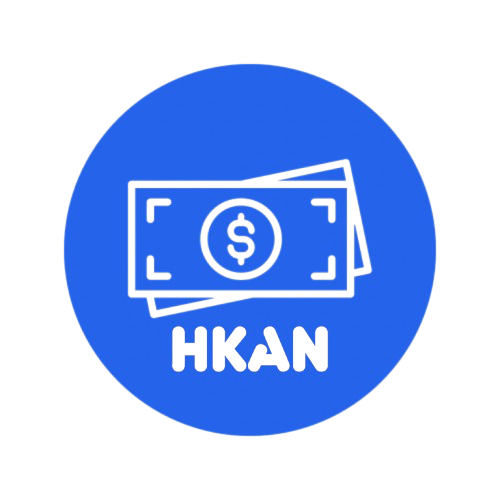What Are the Differences Between Networks in Crypto Trading?
Crypto trading isn’t just about coins and tokens it’s also about the networks they run on. As the blockchain space continues to grow, different networks like Ethereum, Binance Smart Chain (BNB Chain), Polygon, Solana, Tron, and others offer unique experiences for traders, developers, and investors.
So, what’s the difference between these networks when it comes to trading? Let’s break it down.
What Is a Blockchain Network in Crypto?
A blockchain network is the infrastructure where cryptocurrencies operate. Think of it like a highway system for digital assets — each network has its own rules, speed limits, fees, and bridges. These networks process transactions, host smart contracts, and support different tokens.
Popular networks include:
-
Ethereum (ETH)
-
BNB Smart Chain (BSC)
-
Polygon (MATIC)
-
Solana (SOL)
-
Avalanche (AVAX)
-
Tron (TRX)
-
Arbitrum & Optimism (Layer 2s)
Each network impacts your trading experience, fees, speed, token availability, and even security.
Key Differences Between Networks for Trading
Let’s look at the most important factors that vary across blockchain networks when trading crypto:
1. Transaction Fees (Gas Fees)
-
Ethereum: Known for high gas fees, especially during congestion. Can cost several dollars per transaction.
-
BNB Chain: Much lower fees, often just a few cents.
-
Polygon & Arbitrum: Ultra-low fees and fast confirmation, ideal for small traders.
-
Solana: Very low fees (fractions of a cent), but has had occasional network outages.
Tip: If you're trading frequently or with small amounts, networks like Polygon or BSC may save you a lot in fees.
2. Speed & Scalability
-
Solana: One of the fastest, processing thousands of transactions per second.
-
Ethereum: Slower, but improving with scaling solutions like Arbitrum and Optimism.
-
BNB Chain & Polygon: Faster than Ethereum, more suitable for everyday trades.
Network congestion can delay trade execution — a major issue during market volatility.
3. Token Availability
-
Ethereum: Hosts most major DeFi tokens, NFTs, and altcoins.
-
BNB Chain: Also rich in tokens, but some are Binance-exclusive or copied from ETH.
-
Solana, Tron, Avalanche: More limited token selection but growing fast.
Some tokens are network-specific — make sure your wallet or exchange supports the network before trading!
4. Interoperability & Bridging
-
If you want to move assets between networks, you need a bridge — like moving USDT from Ethereum to BNB Chain.
-
Bridging adds complexity, fees, and risk (bridges have been hacked before).
-
Cross-chain trading is growing, but Ethereum still dominates DeFi.
Always double-check network compatibility before sending funds!
5. Security & Decentralization
-
Ethereum: Highly decentralized and battle-tested.
-
BNB Chain: More centralized (Binance controls more validators).
-
Solana & Others: Trade-offs between speed and decentralization.
Decentralization matters for trust and resistance to censorship or failure — key for serious traders and institutions.
6. Ecosystem & Trading Tools
-
Ethereum: Largest ecosystem of DEXs (Uniswap, Sushiswap), DeFi apps, and trading bots.
-
BNB Chain: PancakeSwap is popular; many ETH clones exist.
-
Solana & Polygon: Fewer tools but growing ecosystems with innovations like Jupiter and QuickSwap.
If you rely on tools like charting, auto-trading, or lending platforms — Ethereum still leads.
Summary: Which Network Is Best for You?
| Feature | Ethereum | BNB Chain | Polygon | Solana | Tron |
|---|---|---|---|---|---|
| Fees | High | Low | Very Low | Very Low | Low |
| Speed | Moderate | Fast | Fast | Very Fast | Fast |
| Token Variety | Very High | High | Medium | Medium | Low |
| Security | Very High | Medium | Medium | Medium | Low |
| Tools & Ecosystem | Largest | Strong | Growing | Growing | Limited |
| Best For | Big traders, DeFi | Cheap trades | Small trades | Fast swaps | Stablecoins |
💬 Comments
No comments yet. Be the first!
Please log in to post a comment.
